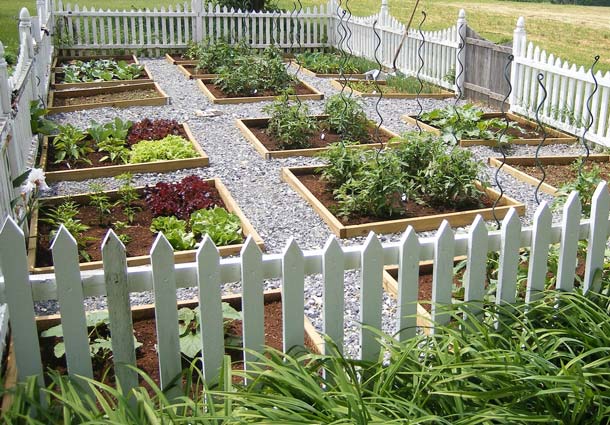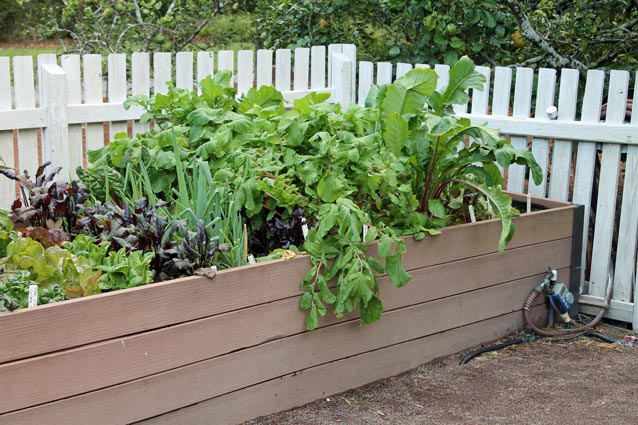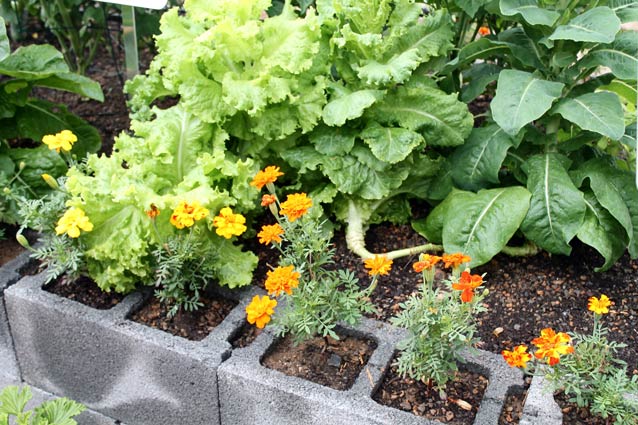How it Works: Preen Garden Weed Preventers
Here's how our Garden Weed Preventers prevent weeds before they even sprout rather than killing them after they’ve already had the chance to grow.
When the soil is lousy – or non-existent – raised beds can come to the gardening rescue. These planting areas are usually contained with a 4-6 inch tall border of wooden boards, large stones, concrete blocks, recycled plastic timbers, or bricks, then filled with a soil mix. However, raised beds can be raised even higher, including wooden or plastic ones mounted on legs to bring gardens up to wheelchair or waist level. That makes gardening possible for those who can't easily get down to ground level.
Raised beds can be added to patios, unused driveways, or any hard surface where in-ground gardening is impossible. Because they're easy to disassemble, renters can use them when in-ground gardens aren’t allowed or practical. Even when the ground is available, raised beds make more sense than digging through rock, trying to improve heavy clay, or correcting soggy areas.

George Weigel
One of the biggest benefits of raised beds is that they can be filled with loose, rich, well-drained soil mixes that are ideal for plant growth. The same potting mixes that can be bought for use in containers can be used to fill raised beds. Or you can tailor your own, using ingredients such as topsoil, compost, perlite, vermiculite, rotted leaves, and/or rotted cow or horse manure. If you limit your raised beds to widths of four to five feet, you can work the garden without having to step into the boxes. That prevents compacting the soil and eliminates the need to till. (Raised beds can run any length so long as the width allows reaching all plants from one side or the other.)
The loose soil mix also allows closer planting and encourages planting in blocks, which gives better yields than planting in single rows with paths between. The beds also dry quicker in spring, allowing an earlier start. Close planting, in turn, means less space for weeds. Any weeds that do sprout come out easily in the loose soil mix. And finally, raised beds sometimes discourage animal damage – especially beds raised to waist height. If animals do threaten, fencing can be added around the box perimeter.

George Weigel
The main downside of raised beds is the work and expense of creating them in the first place. You don't have to use borders (soil can be raked into raised beds each season), but if you do, you'll have to acquire the wood, blocks, or stone. Use rot-resistant wood if you go with boards and figure even those eventually will have to be replaced. The soil mix also can be a significant, albeit one-time, expense.
Raised beds need water more often since the soil is more exposed to air and dries quicker. Similar to growing in containers, the extra watering can leach nutrients out of the soil quicker than in-ground gardens. For that reason, raised beds will likely need fertilizer more often. A slow-release granular fertilizer such as Natural Start All Purpose Plant Food by GreenView is an excellent option.

George Weigel